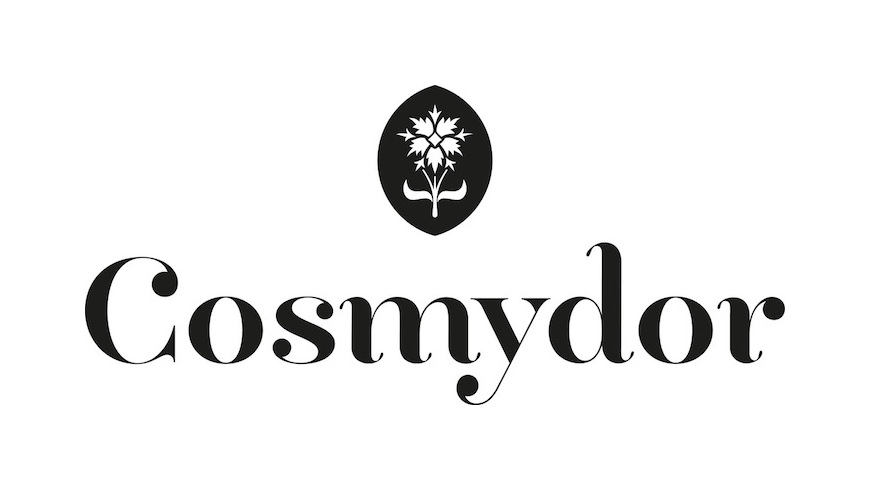ART AND COSMETICS?
Detail, Installation. Cosmydor x Grems Pop-up Exhibition, Paris, February 2020.
You might wonder what links art and cosmetics, two seemingly diametrically opposed worlds, the first touching the very depths of the soul, the second limited to the external layer of skin: one, eternal, the other, superficial.
Yet, they are united by their driving force: the pursuit of beauty
Art presupposes a constant and infinite pursuit of beauty – even though in the twentieth century, it was more about attacking long-standing beliefs and traditions. We recognise artistic beauty by the aesthetic emotion it inspires.
Beauty using a variety of media: canvas, building materials, or sound; paper, the big screen or the stage.
Beauty for a variety of purposes: pleasure, political statement or personal catharsis.
Philosophers tell us it is virtually impossible to live without art, because the pursuit of beauty gives our lives spiritual meaning, transcends our individual existence and differentiates us from animals. The birth of humanity is inextricably entwined with the birth of artistic pursuit.
Artistic beauty is healthy human nature.
Yet cosmetics pursues a similar, albeit narrower, goal, restricted to people and their appearance.
The skin is the first “medium” of any human relationship, as well as an individual's internal/external boundary. We recognise cosmetic beauty by the feelings – social or loving – it elicits.
Cosmetics are based on the assumption that features matter very little (human beauty is subjective), but that, in contrast, the care we take of our skin’s health can reflect an image of beauty.
Cosmetic beauty is healthy human skin.
So, art and cosmetics can be seen as highly compatible worlds, due to their eternal shared root: the eminently human pursuit of beauty.
However, they are seldom found together. Cosmetics advertising has been trotting out the same images and messages for decades – since it contorted itself to sell industrial formulas with low levels of active ingredients and high levels of petrochemicals. Although sometimes creative, this is not an artistic approach.
Some brands sponsor exhibitions or concerts and play a role in architectural renovations, which is highly commendable.
However, very few of them have adopted a truly artistic approach and have it written in their DNA. There is only one way to do so: by giving artists somewhere to express themselves freely.
Cosmydor celebrated art and cosmetics’ shared root back in 1891 and is celebrating it again in 2020.
In 1891, Jules Chéret created a famous illustration as part of a collaboration with Cosmydor. A great artist at that time, Chéret influenced Alphonse Mucha, as well as Henri de Toulouse-Lautrec, Georges Seurat and Pierre Bonnard.
Loyal to this artistic DNA, 129 years later, the brand asked Grems, one of the most talented French artists of his generation, to freely reinterpret this design legacy.
Known for his rich shape-shifting style, Grems is a versatile artist who has successfully broken free from street art stereotypes of little substance. His exhibitions enjoy international success.
First using the packaging for certain Cosmydor products, then a variety of original media (canvases, furniture, prints, laser cutting), Grems was able to create unique works of art. These pieces are characterised by his distinctive style and are purely in black and white, as a kind of counterpoint, a nod to the refinement of Jules Chéret's work with colour. In February 2020, these pieces were exhibited together in a temporary gallery in Paris.
From the brand’s perspective, it was much more than a simple collaboration for marketing purposes.
For Cosmydor, art and cosmetics’ shared pursuit of beauty and meaning is a key driving force and a continuous source of inspiration.
We would like to thank Grems for bringing it to life with such imagination and talent.

